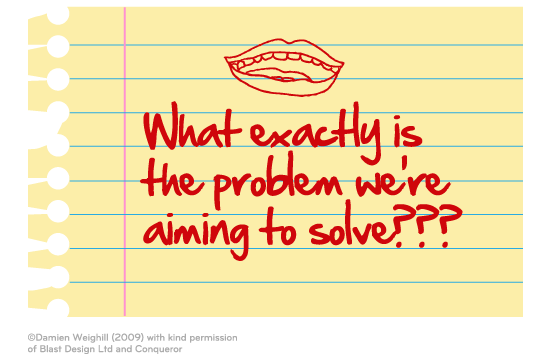Detailed Design

- Project/Problem Description/Definition
The project description typically consists of two parts: a client’s request for proposal (RFP) and the design team’s interpretation of what the client wants (project description). An RFP is derived form a market need the client wants to exploit. If the client cannot design and produce the product on their own, the client outsources the work to a design team. Normally, the first order of business for the design team is to define the problem to make sure the design team and the client are on the same page.
- Research
Extensive research is required before any designing begins. Engineers are not typically experts on any single subject. Engineer’s expertise lies in being able to analyze the problem, and then gather the pertinent information in order to produce solutions to that problem. Research includes investigating topics such as: the current state of the art, how current products can be improved, and current patents.
- Establishing the Design Requirements and Specifications
Designing cannot begin until the client and the design team have agreed on design requirements and specifications. This phase of the design process should occur during the course of the research phase. During research, requirements and specifications such as, dimensions of the product, materials, user interface etc., should be formulated by the design team and agreed on by the client.
- Design
Ideally, initial designs should be modeled in programs such as AutoCad or 3ds Max before any working model or prototype is produced. With a virtual model, tests and simulations can be run to evaluate what the problems will be before any money is spent on building. The design and all preceding phases of the design process make up a proposal. The proposal should include multiple designs for the client’s choosing.
- Amending the Design
If the design team was successful in getting the client to accept their proposal, the next phase of the design process is to amend the design to the client’s predilection. It is unlikely preliminary designs are successful, or exactly what the client was expecting. The proposal should return with notes or ideas on how to improve the design. The design team can implement these changes on the virtual model. Prototyping may begin during this phase of the design process. Early prototypes are probably unsuccessful as well. The design team can take the problems with the prototypes and amend the virtual design until a final working design is agreed on between design team and client. The final design and prototypes should be well tested and ready for production.
- Production/Manufacturing
Production ends the engineering design process. Production includes determining the cheapest way to build the product correctly in order to maximize profit. Production should also include the hiring of specialists and customer care representatives to help in case the product malfunctions.